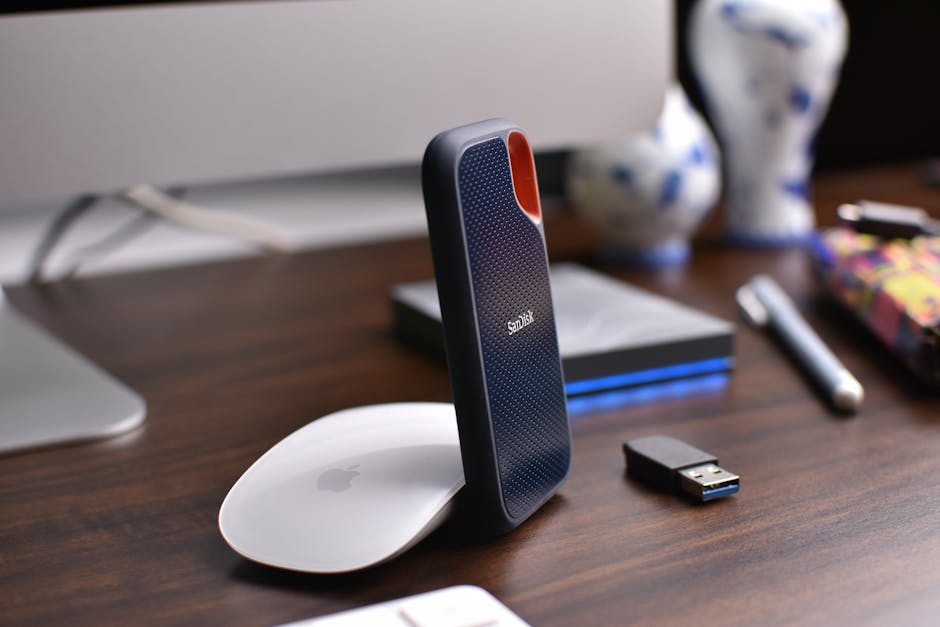In a world where our hobbies often lead us into the great outdoors, bustling cities, or chaotic workshops, one item frequently overlooked is the humble phone screen protector. Yet, this thin layer of protection can be the unsung hero in safeguarding our mobile companions from the inevitable drops, scratches, and dents that adventure brings. Let’s delve into why a phone screen protector is not just an accessory, but a necessity for any hobbyist.
The Critical Role of Phone Screen Protectors for Hobbyists
For hobbyists venturing into rugged terrains or engaging in tactile crafts, the risk of phone screen damage significantly increases. Imagine the horror of a shattered screen when you’re miles into a hike, trying to navigate back to civilization, or the frustration of a scratch obscuring your work as you capture the perfect shot for your photography portfolio. A phone screen protector is an essential barrier that keeps such nightmares at bay, ensuring that your mobile device can withstand the rigors of your passion.
Moreover, phone screen protectors can enhance the usability of devices under extreme conditions. With features like anti-glare coatings and fingerprint resistance, they ensure the screen remains legible and clean, even during a sunny day out painting landscapes or a sweaty climb up a rock face. Such practical benefits go beyond simple protection, elevating your experience as you delve into your hobby.
Different Types of Screen Protectors: Pros and Cons
Navigating the world of phone screen protectors can be overwhelming, with options ranging from tempered glass to plastic films and even liquid applications. Tempered glass protectors offer the highest level of scratch and impact protection, closely mimicking the feel of the actual phone screen. However, they can add a noticeable thickness to the device. On the other hand, plastic film protectors are thinner and less obtrusive but may not offer as much defense against direct impacts.
Emerging on the market are also hybrid protectors that aim to combine the best of both worlds, offering durability without compromising the phone’s sleek profile. Liquid screen protectors, albeit less common, provide a unique proposition by creating a nano-thin layer over the screen that repels water and reduces fingerprint marks. Each type has its trade-offs, and choosing the right one depends on the specific needs and risks associated with your hobby.
Installation Tips for Maximum Protection
The effectiveness of a phone screen protector largely depends on correct installation. Any dust or air bubbles trapped beneath the protector can hinder screen sensitivity and clarity. It’s crucial to operate in a clean, dust-free environment, using a microfiber cloth and a squeegee card to smoothly apply the protector. Some hobbyists may prefer professional installation to ensure perfection, but with patience and precise application, DIY installation can be equally effective.
Maintaining Your Screen Protector: A How-To Guide
Maintaining a screen protector involves regular cleaning and inspection for any lifts or cracks that could compromise its protective integrity. Use a soft, lint-free cloth with mild soap and water to gently clean the surface. Avoid harsh chemicals that can corrode the protector’s adhesive. For hobbyists, it’s also important to be mindful of the environments your device is exposed to; direct sunlight or extreme temperatures can affect the lifespan of your screen protector.
The Best Phone Screen Protectors for Hobbyists on the Market
In today’s market, a few stand-out screen protectors cater specifically to the needs of hobbyists. For photographers, matte-finish protectors can reduce screen glare during outdoor shoots. For adventurers, ultra-durable tempered glass that withstands drops and impacts offers peace of mind. Brands like Zagg, amFilm, and Spigen are often praised for their high-quality products that cater to a range of budgets and requirements. By choosing a protector that aligns with your hobby, you ensure your phone’s screen stays as resilient as your passion.
Protecting More Than Just Screens
From the crisp clarity of tempered glass to the self-healing wonder of TPU film, screen protectors have evolved to meet the diverse needs of hobbyists everywhere. In the pursuit of our passions, our phones capture the highs, navigate the lows, and connect us to a community that shares our love for the craft. A screen protector does more than just shield from physical damage; it protects the window to our digital world, ensuring that the vibrant display through which we channel our creativity, chronic our adventures, and capture our achievements remains pristine. In essence, a screen protector is less about safeguarding a piece of technology and more about preserving our gateway to experiencing and sharing the joy of our hobbies.






Leave a comment
This site is protected by hCaptcha and the hCaptcha Privacy Policy and Terms of Service apply.